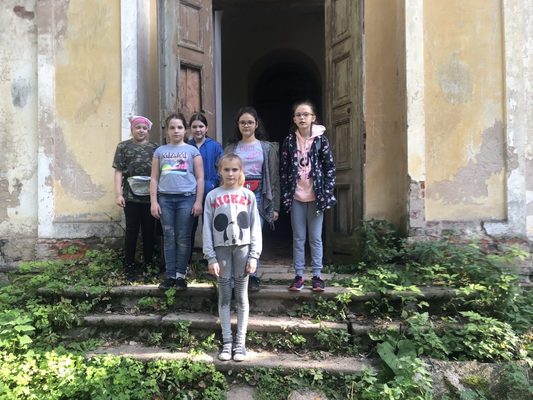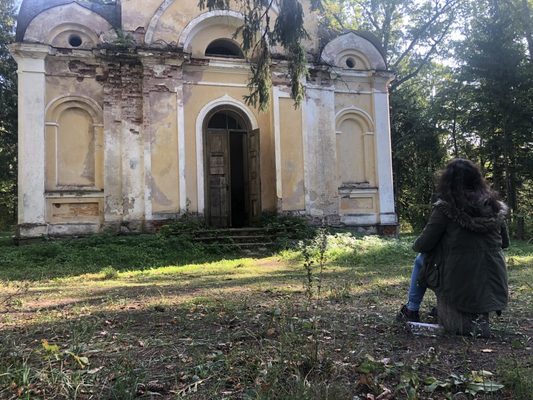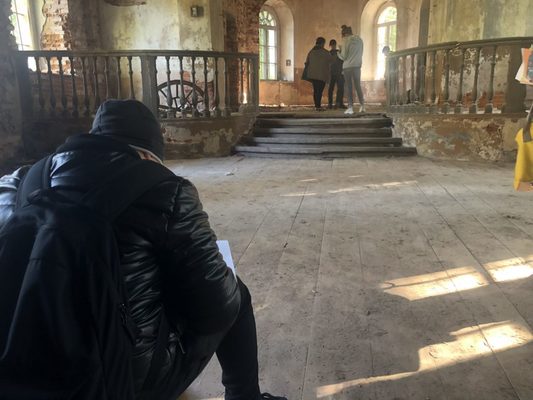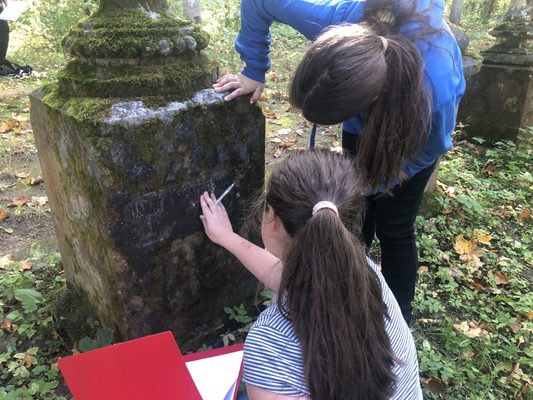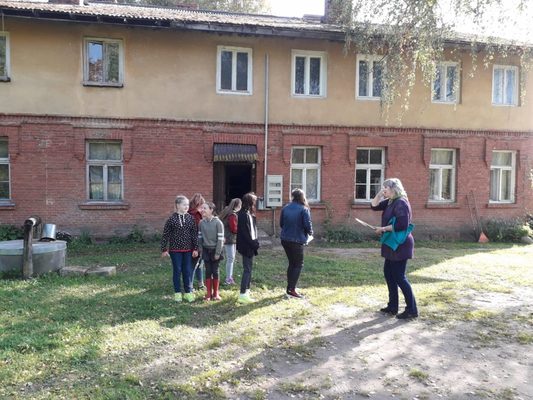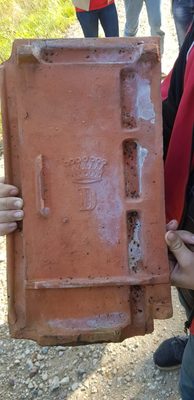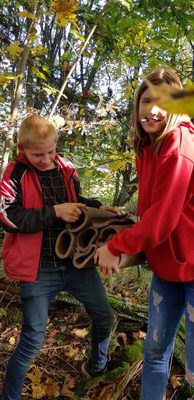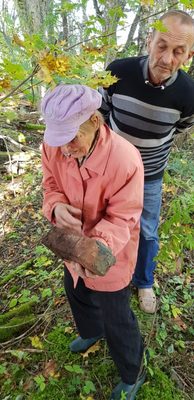Tirza primary school 6th grade went on an expedition to an Orthodox Church in Galgauska parish. The church has been abandoned for at least 70 years. During the expedition, we studied the materials of the church, the paintings of the walls and ceilings, and sketched the outside and inside of the church. We looked at and read the inscriptions on the tombstones. We found out that Baron Megden's family members were buried there. We also explored the surroundings of the church - it is located in a forest, on the right bank of the river Tirza, on a hill with high cliffs. In the past, there was a bridge over the river Tirza. Currently there is only a small pedestrian bridge. Many unanswered questions arose during the expedition. We will look for answers by interviewing people in the area and studying publications.
